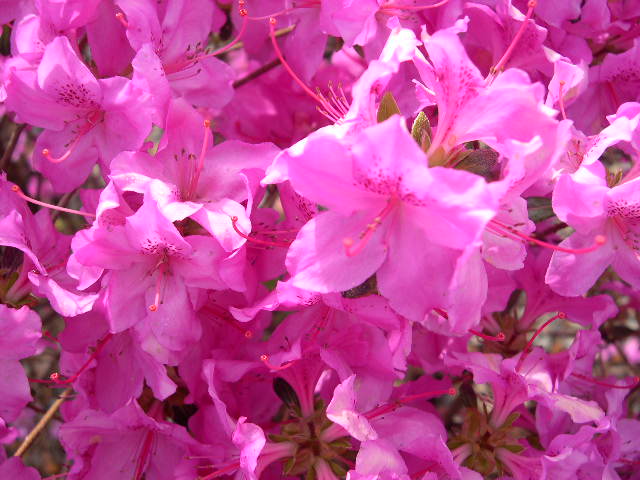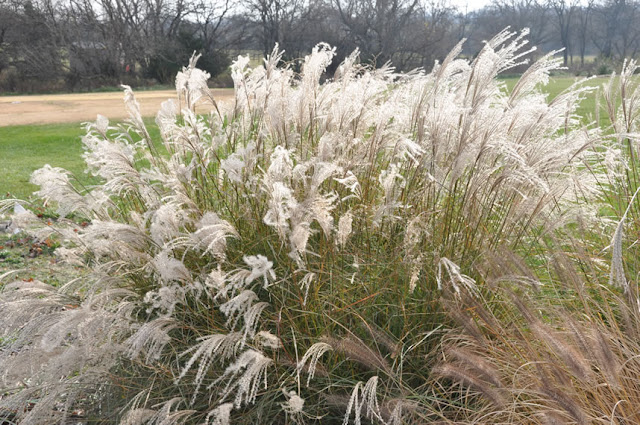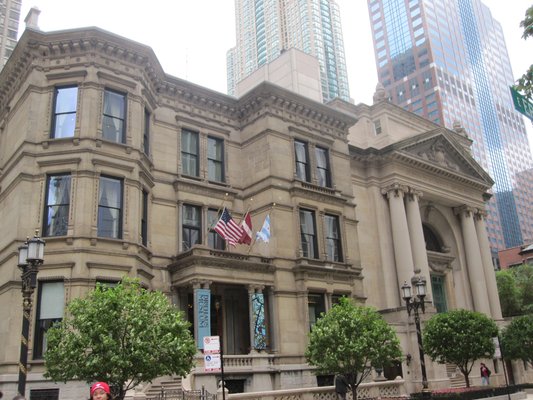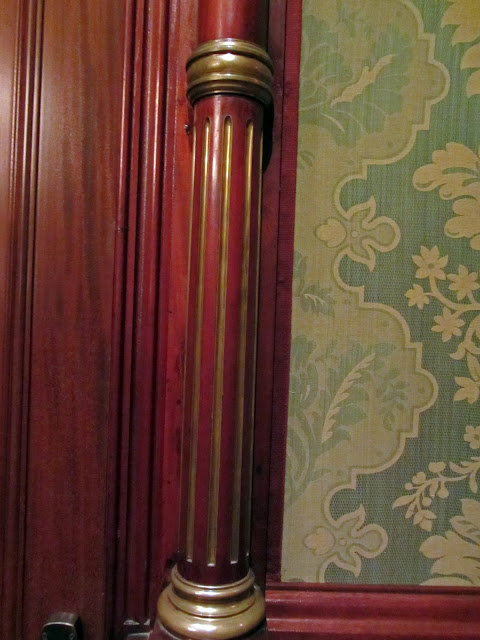Emailing back and forth with a friend I realized we were planning our gardens for the upcoming seasons. We both wanted year round color so many of the plants we bandied back and forth will put on a show in the garden all year.
Hydrangea White Dome
This is a variety that was recommended by the Proven Winners Choice representative at the Mid-Am Show. It grows on very strong stems, will not flatten out in storms and dries beautifully for winter interest. It is related to Annabelle but has none of its floppiness.
Hydrangea Pinky Winky
Grows in full sun to part shade, flowers over a long time period
Hydrangea Let's Dance (Starlight)
Small hydrangea, two to three feet, blooms on old and new wood. I was informed that if your do not prune it down in the fall or spring it will go through two bloom cycles. However, in a very cold winter this may not be a choice because of dieback.
Hydrangea Let's Dance (Moonlight)
The look of the mophead is sometimes preferred as the plant will look fuller.
Hydrangea Little Lime
A smaller version of Limelight with all of the same characteristics, holds its flowerheads all winter
Not all hydrangeas hold their flowerheads well through the fall and winter and some of the oak leaved varieties do not look good in the fall (leaves become mottled).
Hydrangea Bobo
This is a new smaller paniculata whose panicles do not droop. It will take full to part sun and likes moisture.
Azalea Karen
Beautiful flowers in the spring
Azalea Karen
Great fall color as it is an evergreen variety
Azalea Bollywood
A newer variety, evergreen with variegated leaves
Molinia Moorhexe
One of the many grasses that can be left standing over the winter months and add great interest
Miscanthus Little Kitten
One of the few miscanthus grasses that will stay standing throughout the winter season
The Panicums are also great for winter interest and there are many to choose from.
Panicum Northwind
There is no better time to plan where you want winter interest than in the winter. Looking out into my back garden I can see some areas that are a combination of sticks (roses) and bare ground, not much interest there.






























































